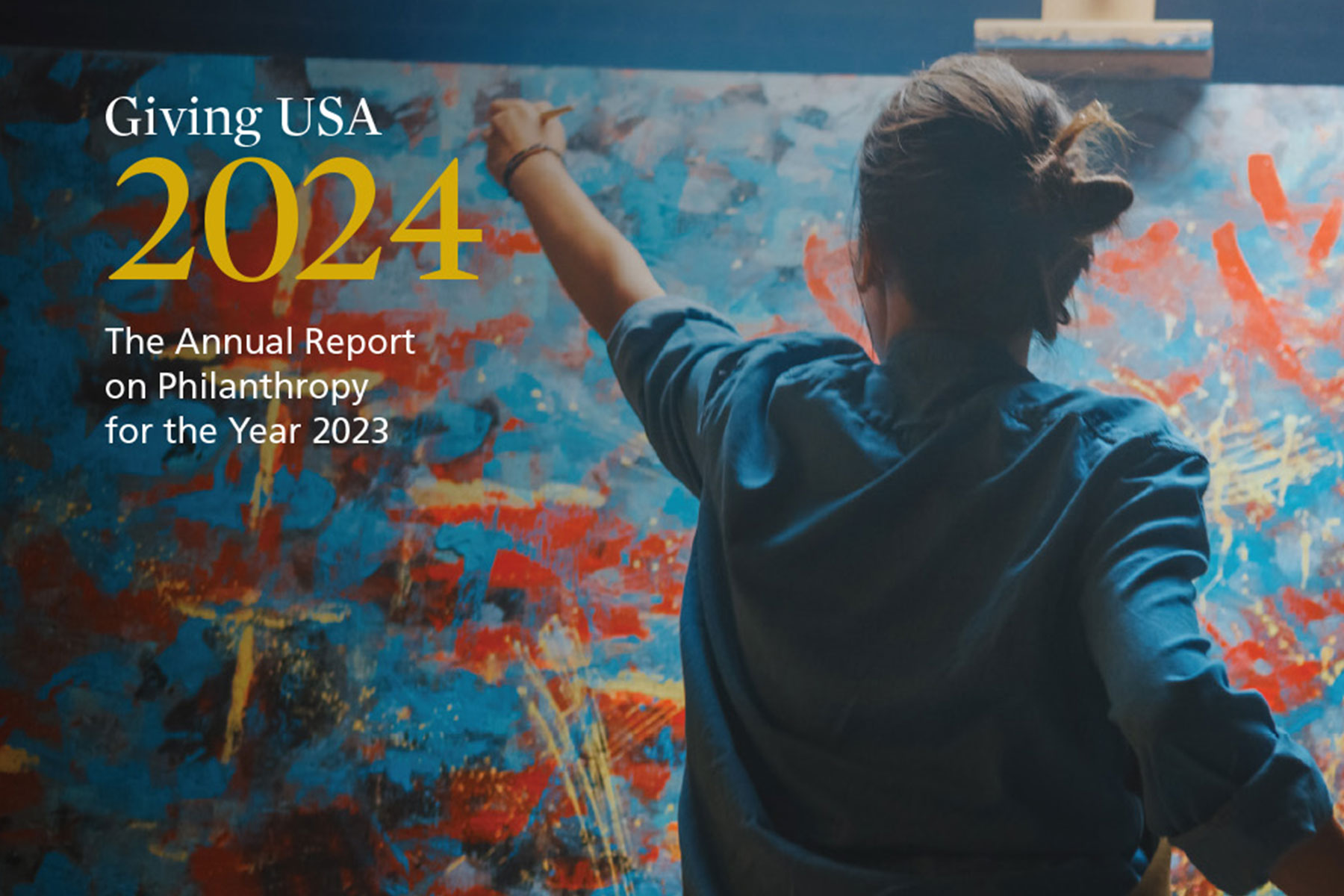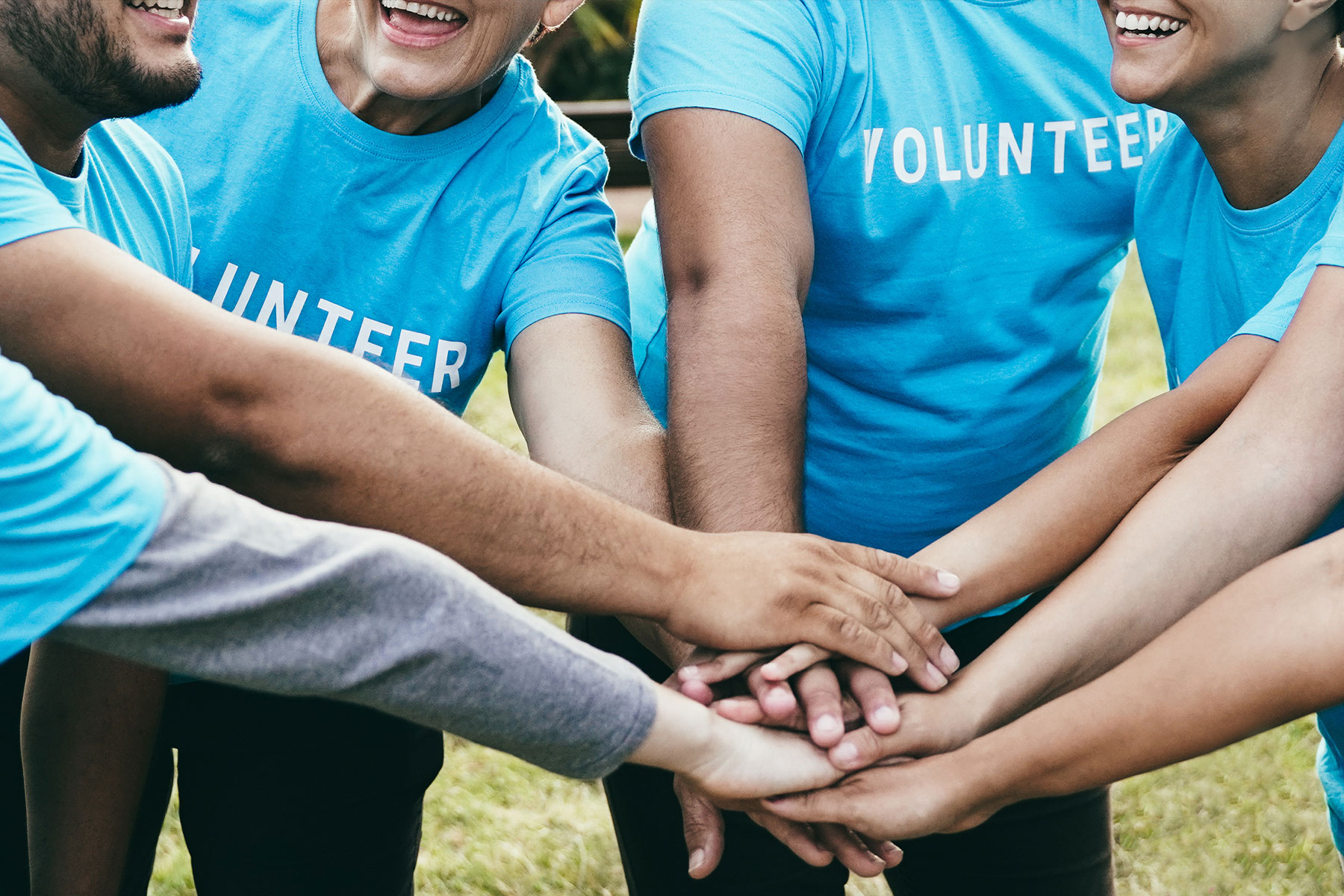The past year repeatedly reinforced that even the best plans need to be modified when the world around us changes. How we engage, when we invite investment, and how we celebrate those in our communities will continue to transform over time. Likewise, our program’s structure needs to change to support our organization and our community.
Indications are that giving in 2021 could shift back to pre-pandemic patterns. This is positive news to those in the arts and other hard-hit sectors, but all organizations need to acknowledge the changes in donor habits and tendencies observed this past year. For example, many organizations experienced an increase in donors last year, counter to the prior trend. The expectation is that without the outside factors motivating donors to continue, the downward trend in donors will return. So you may be wondering, how do you maintain increased fundraising while also sustaining new engagement levels? By implementing a mid-level giving program, you don’t have to pick one over the other.
As you build and adjust your advancement program plans, are you prepared for the year ahead? What can you do to meet changing habits while meeting your budgetary objectives? Here are a few essential ways a mid-level giving program provides:

While it is not the answer to all objectives and challenges before your organization, an effective mid-level giving program should be at the core of building for the future.
Getting Started
If you have a mid-level giving program, take time to review it to confirm your organization is getting the most out of it and that you are meeting your prospects where they are, which is most likely online. If you do not have a mid-level program yet, now is a great time to start one.
The size of your advancement shop can guide the structure of your mid-level program. Because mid-level programs bridge the gap between the one-to-one structures of major giving and the one to many of a base or annual giving program, aligning the structure is important. Many shops determine that a mid-level program fits nicely with their base or direct marketing programs. Because mid-level requires one staff member to work with many prospects, there are synergies when partnering with direct response and marketing.
Once you have reviewed your structure, the next steps include:
- Clearly define your audience. Your mid-level prospect pool is likely larger than your program management. It will be important to define and then prioritize the audience through engagement scores, predictive models, and updated screening.
- Build mid-level portfolio(s). Many programs have found that expanding portfolio size significantly helps with the coverage of prospects. When mid-level giving programs started, many used major gift best practices and set portfolios around 150. Portfolios of 500 to 2,500 are common today. Depending on the size of your organization and constituency, portfolios of 750 to 1,000 are a good starting point.
- Document your process for identifying and handing off (up or down) prospects. For the team to effectively manage all relationships, the program will benefit from consistent business practices. Be sure to determine when a mid-level prospect should become a major gift prospect, or vice versa.
- Determine recognition practices at specific thresholds. This new audience will require meaningful stewardship engagement, but the recognition practices should be scaled so efforts are commensurate with giving levels.
- Implement digital nurturing of the prospect pool. To successfully engage such a large portfolio, a hybrid approach of digital and personal works well. A curated digital warming journey starts the engagement process. Once prospects start to engage, they can transition to a mid-level officer for one-to-one cultivation.
- Confirm job descriptions and staff the team. Mid-level giving officers are not junior gift officers. They require a distinct skillset of comfort in digital and relational spaces. This digital work is another reason to organize mid-level giving with direct response or base giving.
Getting Help
Ready to increase your retention and gift revenue through your mid-level giving program? BWF is ready to partner from start to finish. BWF has deep experience assessing and designing mid-level giving programs for a range of organizations and uses decision science as the foundation, digital curation and strategy throughout, and content messaging to drive engagement and gifts.
Check out our services on Building the Base and Digital Marketing & Fundraising.




